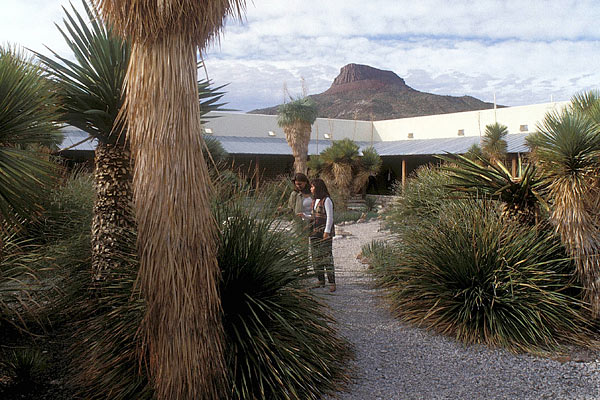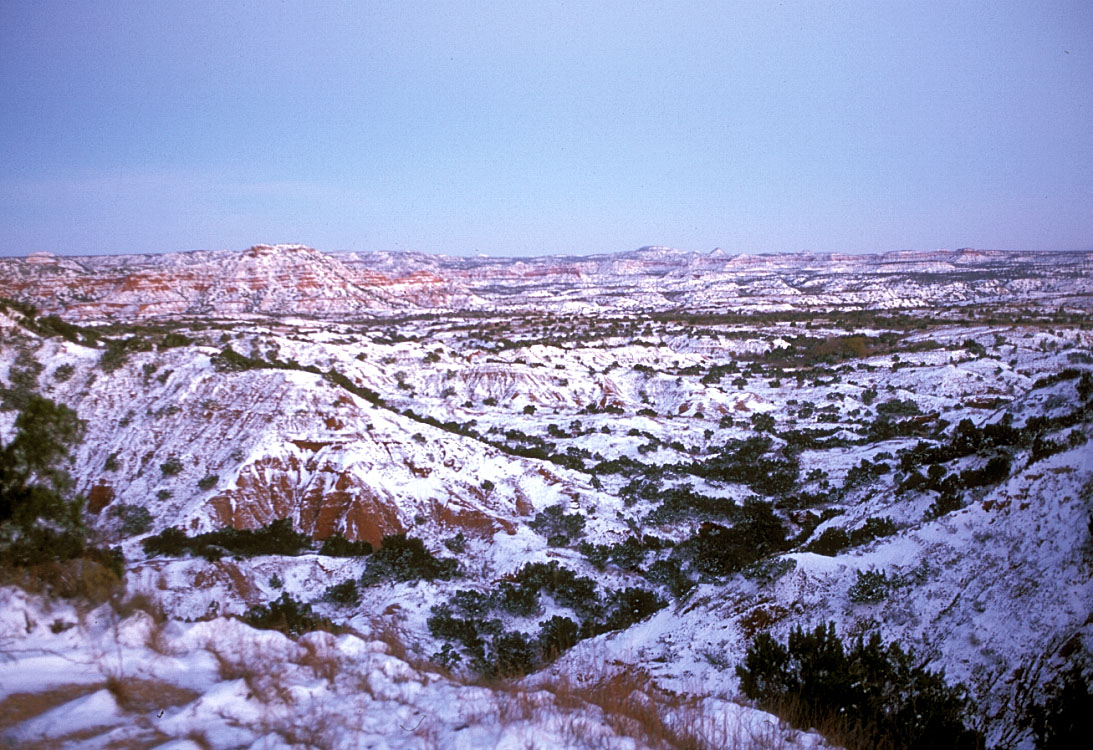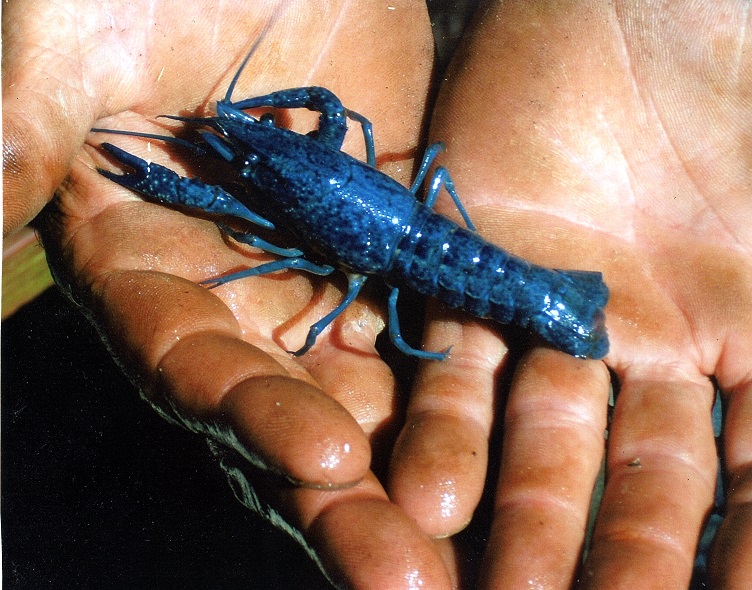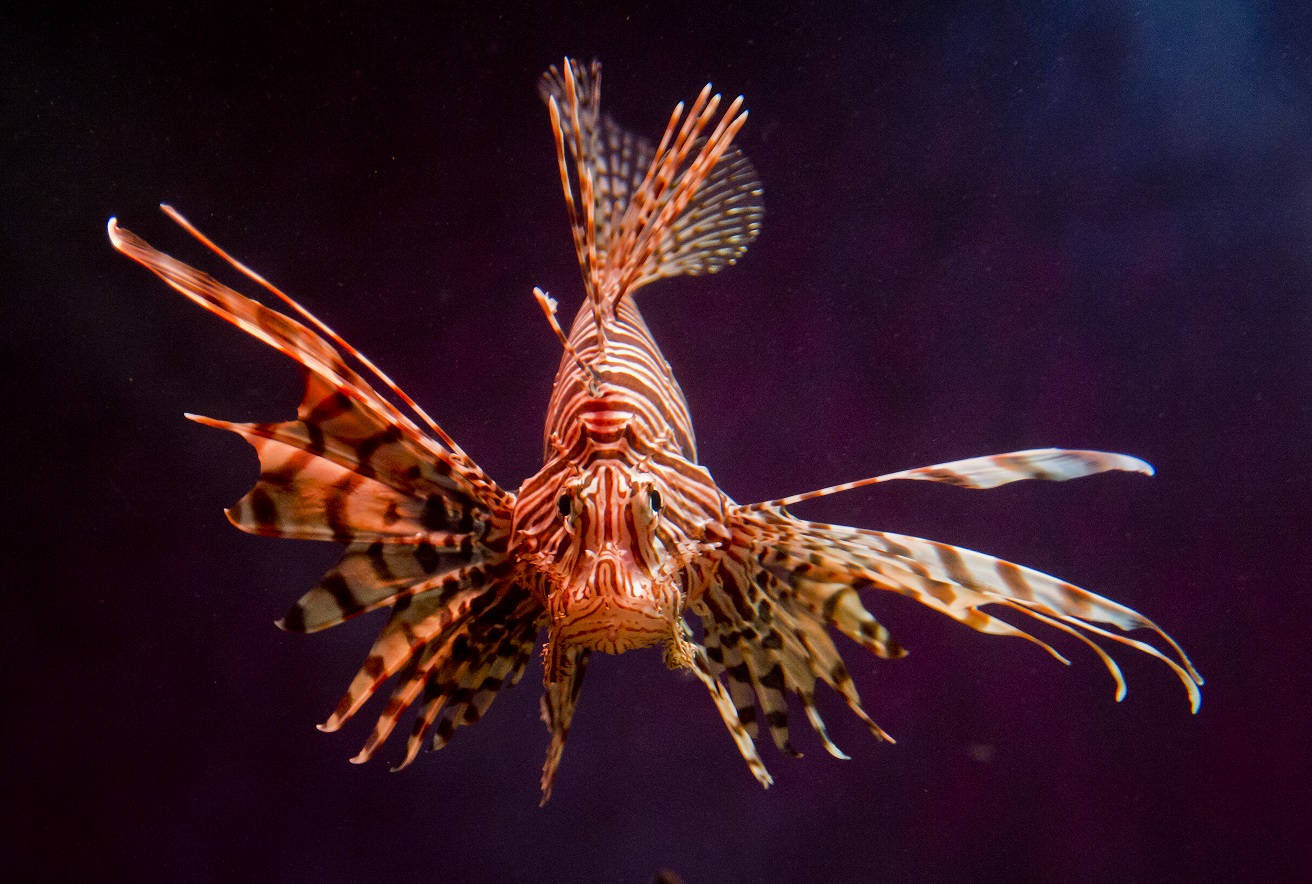Nature: Barton Warnock Center
Wednesday, January 22nd, 2014This is Passport to Texas
The Barton Warnock Environmental Educational Center in Terlingua is where the region’s 570 million year history comes alive.
11—It was first the Lajitas Museum and Desert Garden. In 1990, the state of Texas bought it and it became the eastern entrance to the Big Bend Ranch State Park system.
David Long is superintendent at Barton Warnock. While West Texas has a mystique that’s hard to define, the center takes on the challenge.
13—The exhibits focus on the geology of the area and the natural history of the Big Bend area. Geology brings together the vegetation, the biology, and all the natural resources here, and the culture in this whole area.
The cultural history of this region is just as fascinating as its geological and natural histories.
20—‘Terlingua’ – the name itself – means ‘tres linguas,’ and the three different languages, three different cultures that combine here are the Anglos, the Spanish, and the Indian cultures. These cultures have combined and created a unique border community. We call it the ‘borderlands,’ or if you’re in Mexico, you’d call it the ‘frontera.’
Whether you call it borderlands or frontera, the Barton Warnock Environmental Education Center in Terlingua is open to visitors who want to know more about this fascinating region. Find information about the center on the Texas Parks and Wildlife web site.
That’s our show…Funding provided in part by Ram Trucks. Guts. Glory. Ram …
For Texas Parks and Wildlife…I’m Cecilia Nasti






 Passport to Texas is a
Passport to Texas is a  Passport to Texas is made available by:
Passport to Texas is made available by: